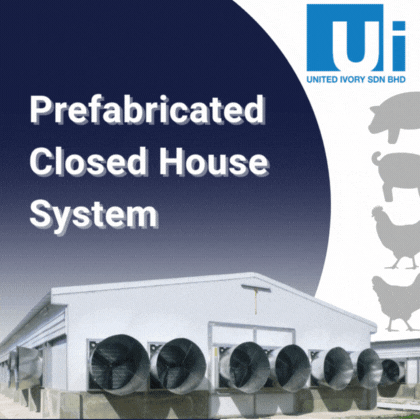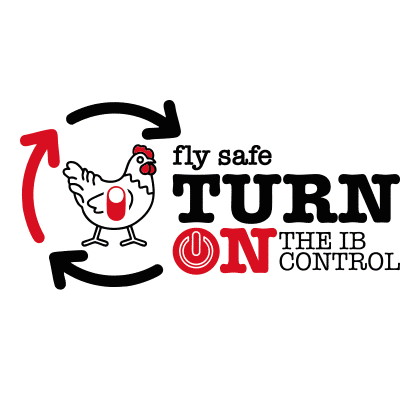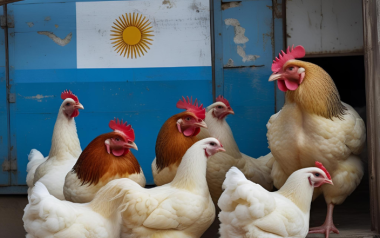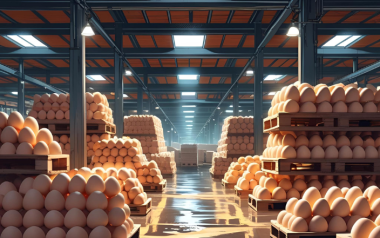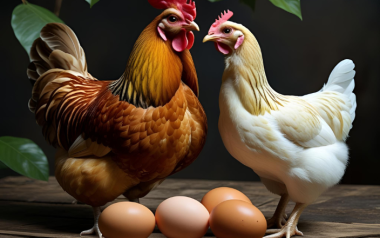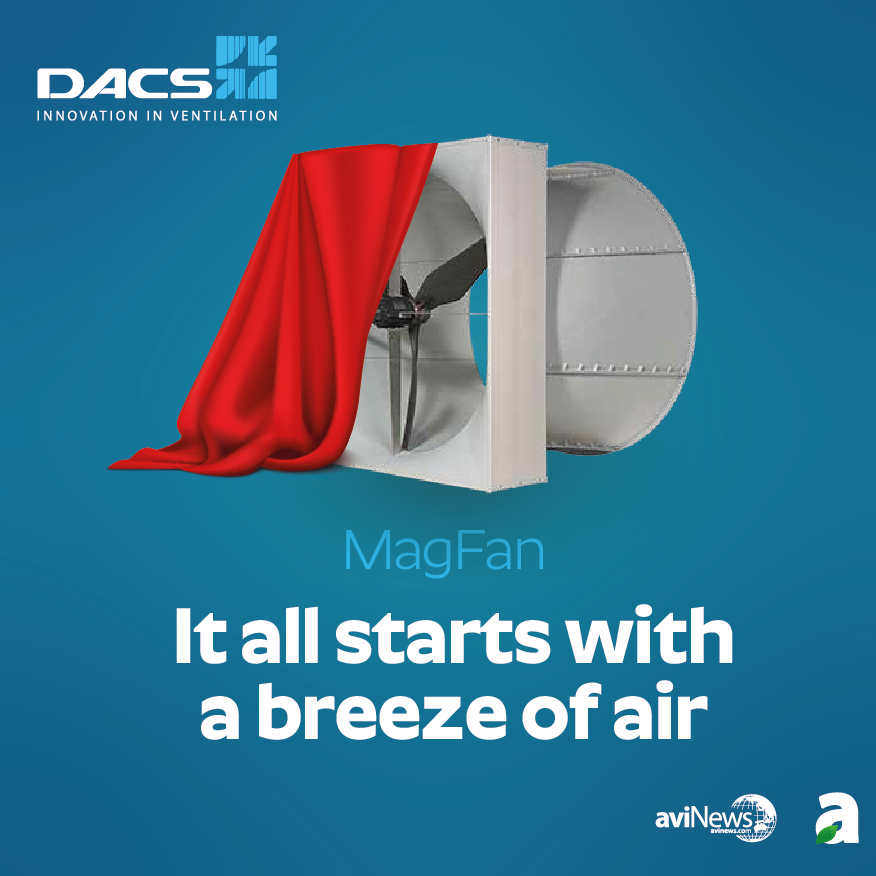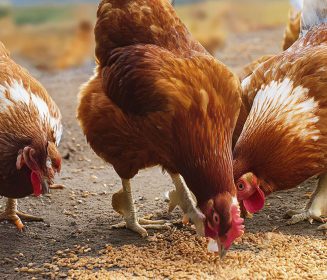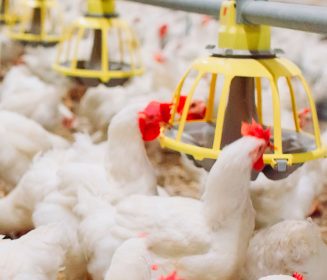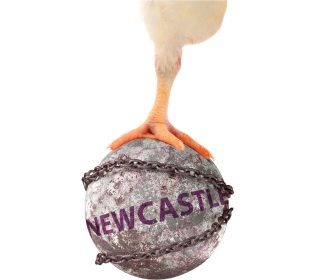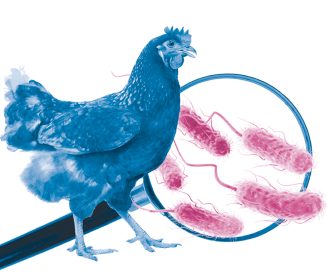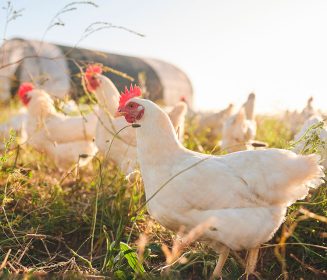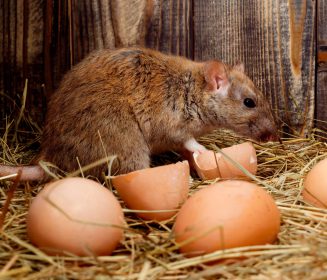
05 May 2025
Broiler Business in India: A Game of Snake and Ladder Without a Safety Net
In India’s thriving poultry sector, the broiler business is a paradox. It’s fast-moving, high-turnover, and vital to protein security—yet built on an unstable foundation. Like a game of snake and ladder, one good price cycle can elevate fortunes, and one bad month can wipe them out.
Broiler Business in India: A Game of Snake and Ladder Without a Safety Net
In India’s thriving poultry sector, the broiler business is a paradox. It’s fast-moving, high-turnover, and vital to protein security—yet built on an unstable foundation. Like a game of snake and ladder, one good price cycle can elevate fortunes, and one bad month can wipe them out.
The Price Trap: No Control, No Floor
Broiler producers—be they large integrators, semi-integrators, or small-scale farmers—don’t set the selling price. It’s dictated by market forces they don’t control: over-supply, festival demand dips, seasonal trends, or sudden consumer sentiment shifts. Input costs, however—especially feed, medicine, and fuel—continue to rise steadily.
As a result, even the most efficient players may be forced to sell birds at ₹10–₹20/kg below cost, sustaining huge losses over several weeks. In the absence of a Minimum Support Price (MSP) or any price stabilization mechanism, this becomes a structural vulnerability.

Risks Run Deep: From Farm to Vendor
- The impact of negative margins isn’t limited to marginal farmers.
- Large Integrators: Face multi-crore working capital losses and pressure to cut or delay payments to growers.
- Semi-Integrators: Bear the full brunt of the market crash with limited financial cushioning.
- Independent Farmers: Often left in distress, dependent on informal credit, and pushed out of business after just one bad cycle.
- Vendors (Feed & Pharma): Struggle with payment defaults and demand shrinkage.
Mitigating the Risk: Before the Fall
Proactive measures can reduce exposure to price crashes:
- Forward Contracts: Fixing supply price with bulk buyers or institutional customers.
- Lean Costing: Optimizing feed formulas and logistics to reduce cost per kg live weight.
- Diversification: Building D2C models—retail shops, frozen chicken, curry cuts—to control pricing and margin.
- Credit Planning: Negotiating realistic terms with vendors, prioritizing cash flow discipline.
- Producer Groups: Regional alliances can coordinate chick placements and prevent oversupply.

Crisis Mode: After the Fall
When the storm hits, quick action can limit the damage:
Continue after advertising.
- Stop/Delay Placements: Temporarily reduce bird population to limit further losses.
- Restructure Payables: Work with vendors and creditors to renegotiate timelines.
- Tap Government Aids: Engage with state departments for emergency relief or credit restructuring.
- Cold Storage & Processing: Freeze unsold birds or convert to meat products for deferred recovery.
No Net to Fall On: Insurance & Risk Cover Missing
This is the industry’s biggest blind spot. Unlike crop or dairy sectors, broiler farmers have no access to price insurance, risk management schemes, or hedging platforms.
- No commodity futures or derivatives market for broiler meat.
- No price-linked insurance models or support programs from financial institutions.
- Livestock insurance, where available, only covers mortality—not market loss.
The Road Ahead: Stakeholder Action Plan
To secure India’s broiler ecosystem, an urgent collaborative effort is needed:
- Broiler Price Stabilization Fund – An industry-government partnership to offset losses during severe gluts.
- Pilot Insurance Products – Custom-designed broiler price insurance in select states.
- Index Development – Establish broiler price indices to build credibility and enable hedging tools.
- Cold Chain Infrastructure – Expand government and private investment in mini cold rooms and freezer logistics.
- Policy Dialogue – Engage CLFMA, NECC, and poultry federations in shaping future-ready risk frameworks.
Rise Without Fear, Fall With a Cushion
Broiler farming is one of the few agriculture-linked businesses that has scaled industrial levels in India. But the lack of price control and absence of protective tools makes it one of the riskiest as well.
It’s time for India to move from reactive to proactive. If we want a stable, self-sufficient protein economy, we must shield our producers with systems that reward risk—but also cushion its impact.

Let’s build a ladder that doesn’t end at the snake.
Sources: Available upon request




